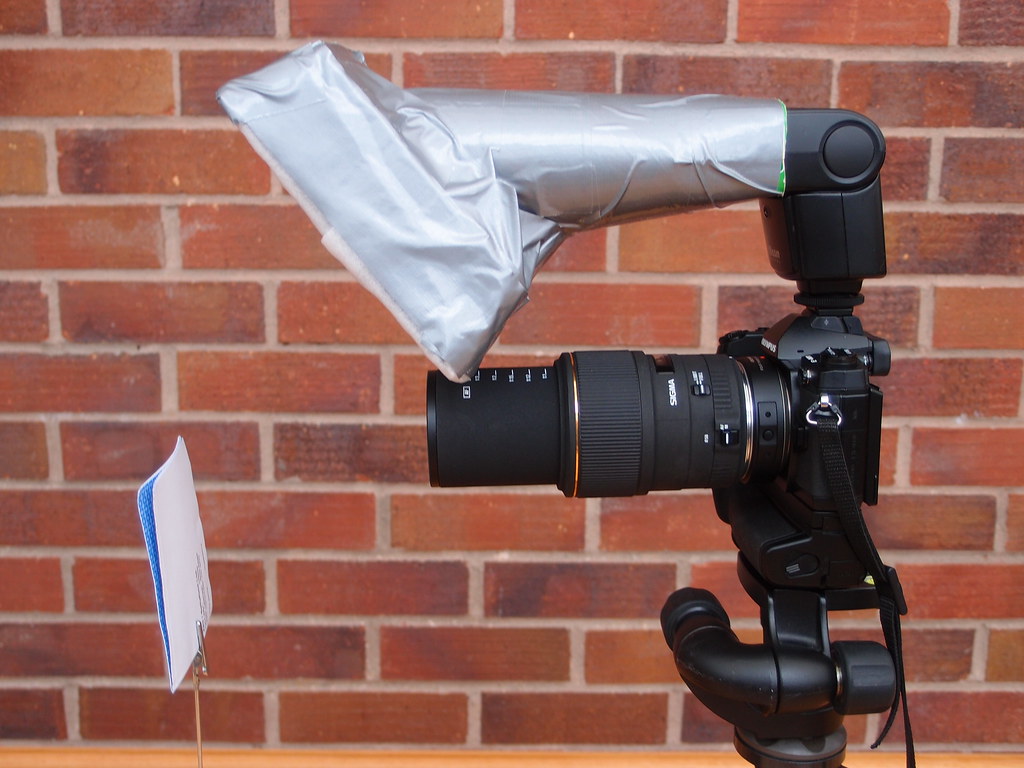- Messages
- 1,079
- Name
- Keith
- Edit My Images
- No
I have looked at loads of amazing macro photographs on here, but one thing that has always had me wondering is, how physically far away is the lens and camera away from the subject?

I have looked at loads of amazing macro photographs on here, but one thing that has always had me wondering is, how physically far away is the lens and camera away from the subject?
I see pics on here using 100mm or shorter lenses and some using big or huge zooms.
I just always think, how the hell can you really get that close to dragonfly's and such without them flying away.

My mate bought some tubes for his 400mm F2.8
I see pics on here using 100mm or shorter lenses and some using big or huge zooms.
I just always think, how the hell can you really get that close to dragonfly's and such without them flying away.

There is a certain level of "field craft" that can be used with macro photography. Flies for example tend to respond (buzz off) to fast movement, so move slowly. They also respond to changes in light, so try not to let your shadow fall on them. Bugs in general are usually more lethargic early in the morning (when it's still quite cold), so time of day/year is also a factor.I see pics on here using 100mm or shorter lenses and some using big or huge zooms.
I just always think, how the hell can you really get that close to dragonfly's and such without them flying away.


 35 mm Macro and milk bottle diffuser by alf.branch, on Flickr
35 mm Macro and milk bottle diffuser by alf.branch, on Flickr EM1 sigma 105 Mk11 by alf.branch, on Flickr
EM1 sigma 105 Mk11 by alf.branch, on Flickr
